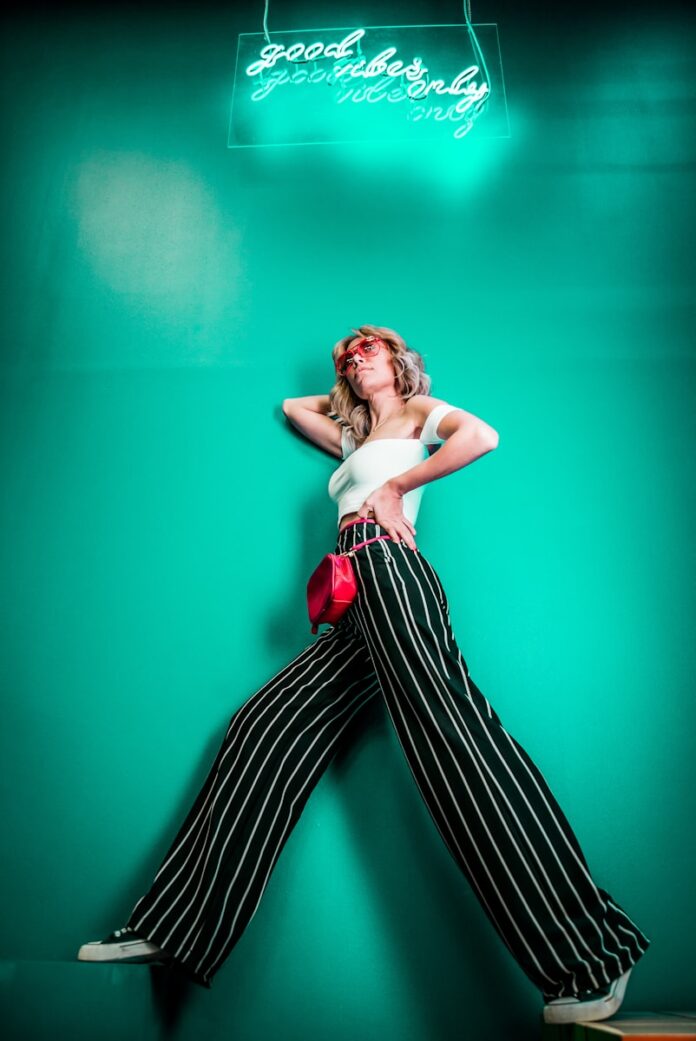Fashion photography underwent a dramatic shift during and after World War II (WWII). The cultural, political, and social changes of the time greatly influenced how fashion was presented and perceived. This had a long-lasting impact on consumer behavior and the fashion industry itself. In this article, we’ll explore how fashion photography evolved during and after the war, and how it influenced consumer attitudes and habits.
Wartime Limitations and Creativity in Fashion Imagery
During WWII, materials were rationed and luxury was frowned upon. However, this did not stop fashion magazines like Vogue and Harper’s Bazaar from continuing to publish. Photographers like Cecil Beaton and Lee Miller had to get creative. Instead of luxurious backgrounds, they used war-torn landscapes and urban ruins to frame models. These visuals communicated resilience and practicality, aligning fashion with patriotism.
The result was a new kind of beauty—less about opulence and more about strength and resourcefulness. Consumers began to appreciate clothing that was functional yet stylish. This shift in aesthetic resonated deeply with women who had entered the workforce and needed durable, sensible fashion options.
The Rise of Photojournalism in Fashion
Before WWII, fashion photography was more about posed studio shots. But the war blurred the lines between fashion and photojournalism. Photographers such as Toni Frissell took fashion shoots outdoors, capturing candid moments that felt real and relatable. These images were often seen in Life magazine and other widely circulated publications.
This style gave consumers a new way to relate to fashion. The clothes were not just for show—they were part of real life. This approach helped democratize fashion, making it feel more accessible to everyday people rather than just the elite.
Influence of Government and Propaganda
The U.S. and British governments used fashion as a tool of propaganda. Campaigns encouraged women to “Make Do and Mend” and promoted utility clothing. Fashion photography helped visually endorse these ideas. Images of women proudly wearing utility clothing—simple, standardized, but stylish—showed how fashion could serve a national purpose.
As a result, consumers were educated to value quality and sustainability over quantity. The fashion narrative shifted from glamour to purpose, and this had a lasting influence on post-war shopping behavior. People looked for items that were both attractive and functional.
Post-War Glamour and the Return of Fantasy
After the war, there was a hunger for beauty and luxury again. Christian Dior’s “New Look” of 1947—featuring cinched waists and full skirts—ushered in a new era of fashion photography. Photographers like Irving Penn and Richard Avedon captured these styles with dramatic, high-contrast imagery.
Consumers, worn out by years of austerity, were drawn to this return to fantasy. Fashion magazines once again became portals to a glamorous world, but now with more artistic flair. The emotional appeal of these images helped revive the fashion industry and drove consumer demand.
The Role of Iconic Fashion Publications
Magazines such as Vogue, Harper’s Bazaar, and Elle were instrumental in shaping consumer expectations. They combined compelling photography with stories about lifestyle, culture, and art. Post-WWII, these magazines became powerful influencers. Fashion photography was no longer just about clothes; it was about selling a dream.
By linking fashion to broader themes like freedom, success, and modernity, these publications influenced how consumers saw themselves. The aspirational imagery motivated people to buy not just clothing, but a lifestyle.
Advertising and the Birth of Consumerism
As economies recovered, brands realized the power of visual storytelling. Fashion photography was used in advertising to create emotional connections. Campaigns showed happy families, confident working women, and stylish socialites. This created desire and reinforced the idea that buying fashion was part of personal success.
Consumers started to see shopping as a way to express identity and values. This emotional branding laid the foundation for modern consumer behavior, where photography drives not just sales but loyalty and cultural engagement.
Conclusion
Fashion photography during and after World War II did more than showcase clothing—it reshaped consumer behavior. From wartime realism to post-war fantasy, each phase reflected broader societal shifts. Named entities like Cecil Beaton, Christian Dior, and Vogue magazine played crucial roles in crafting a visual narrative that educated, inspired, and influenced generations. For modern marketers and fashion professionals, understanding this historical transformation provides valuable insights into the power of images in shaping consumer perception and behavior.
In today’s digital world, the same principles apply. Visual storytelling, authenticity, and emotional connection continue to be the core of effective fashion marketing. The legacy of WWII-era fashion photography lives on in every Instagram campaign, billboard, and online catalog that aims not just to show—but to sell a lifestyle.


